A non-invasive means of monitoring intra-abdominal pressure using a wireless radar system could save lives in the ICU.
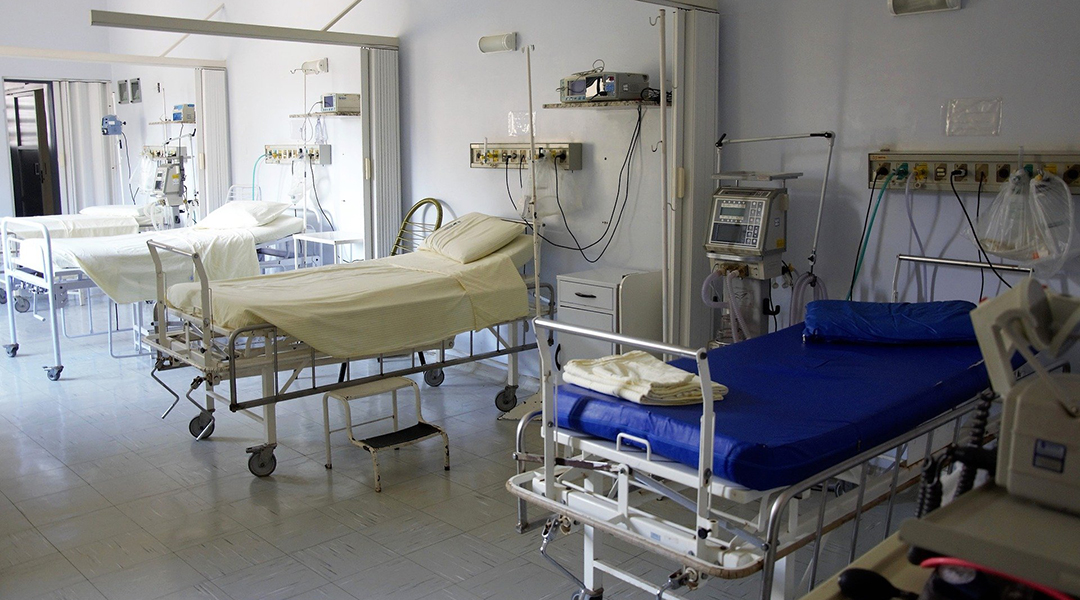

A non-invasive means of monitoring intra-abdominal pressure using a wireless radar system could save lives in the ICU.

Artificial cells with specialized internal chemistries could revolutionize how we approach precision medicine.
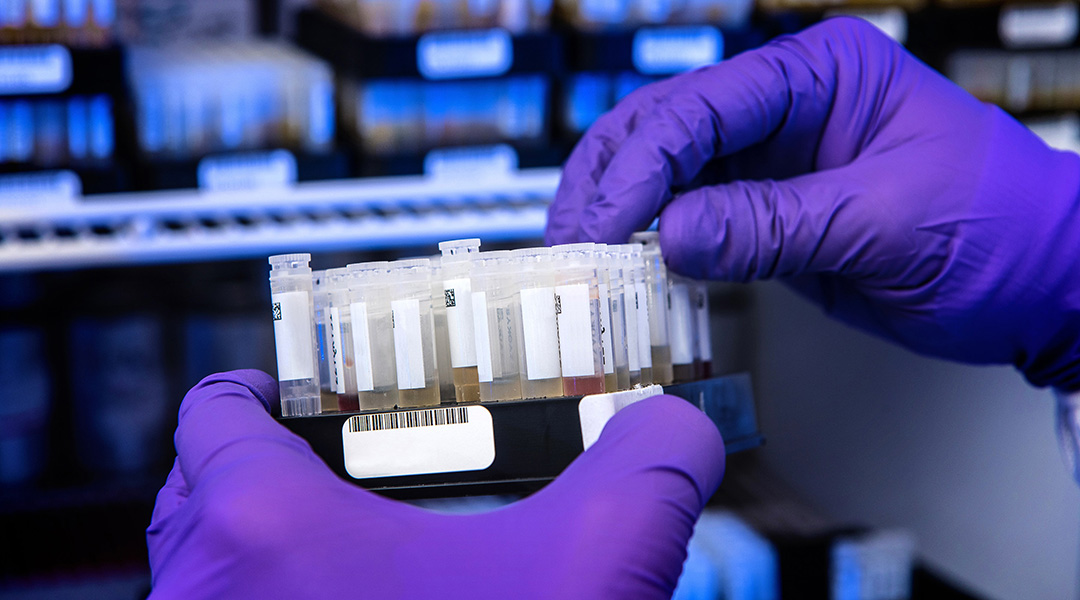
Three potent antibodies against SARS-CoV-2 identified in healthy individuals decades ago raises interesting questions about their origins and evolution.
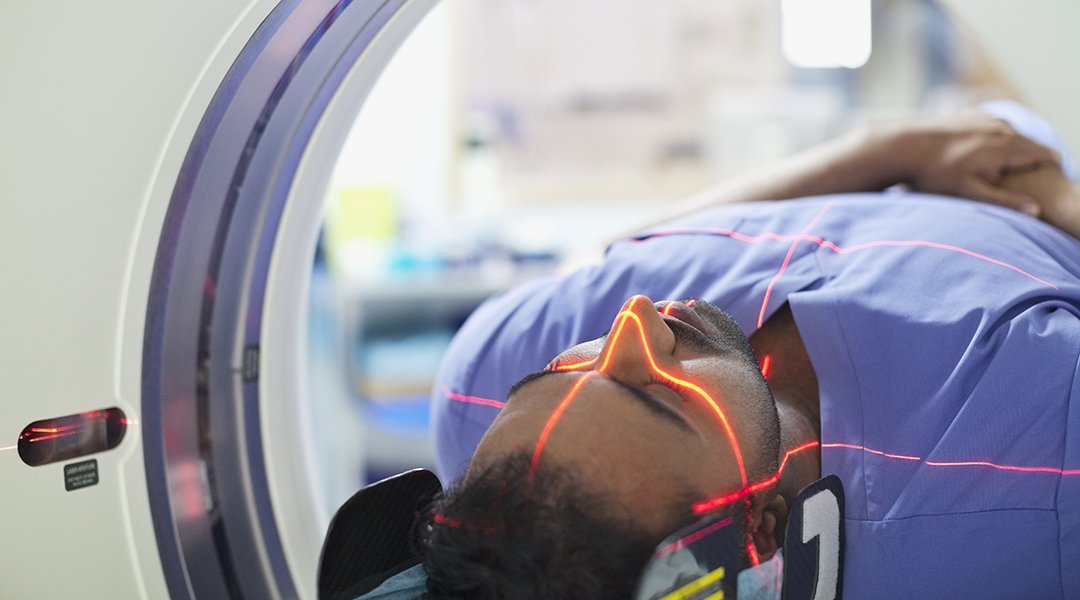
While stem cell therapies have been touted as “miracle cures”, data indicates that there are still hurdles keeping them out of the clinic.
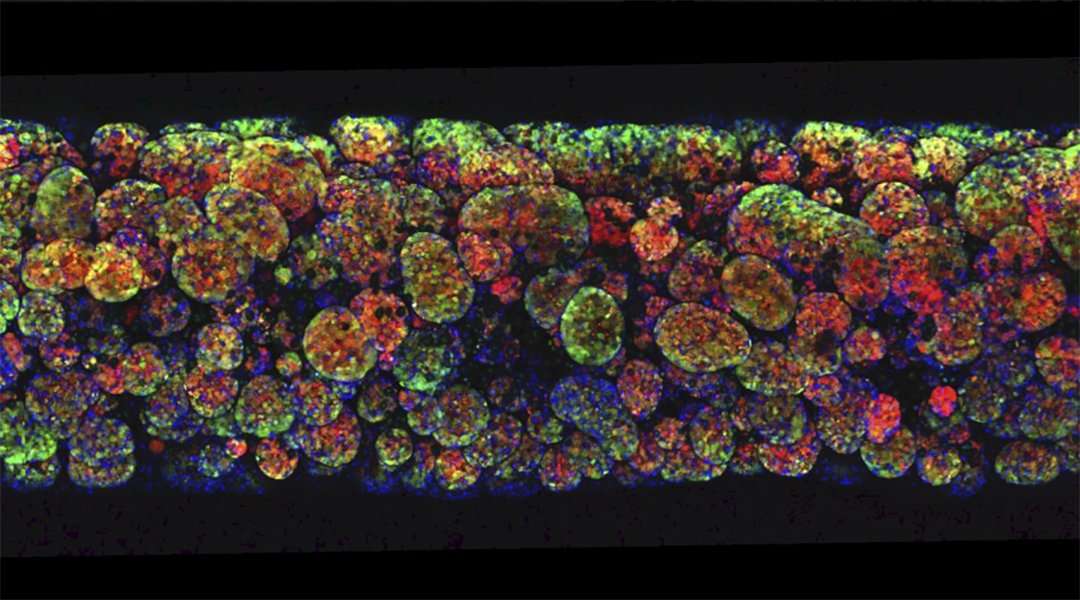
Living optical fibers, nickel skeletons, and superconducting graphene — this edition of our Science in pictures series contains more incredible images selected by our editors.
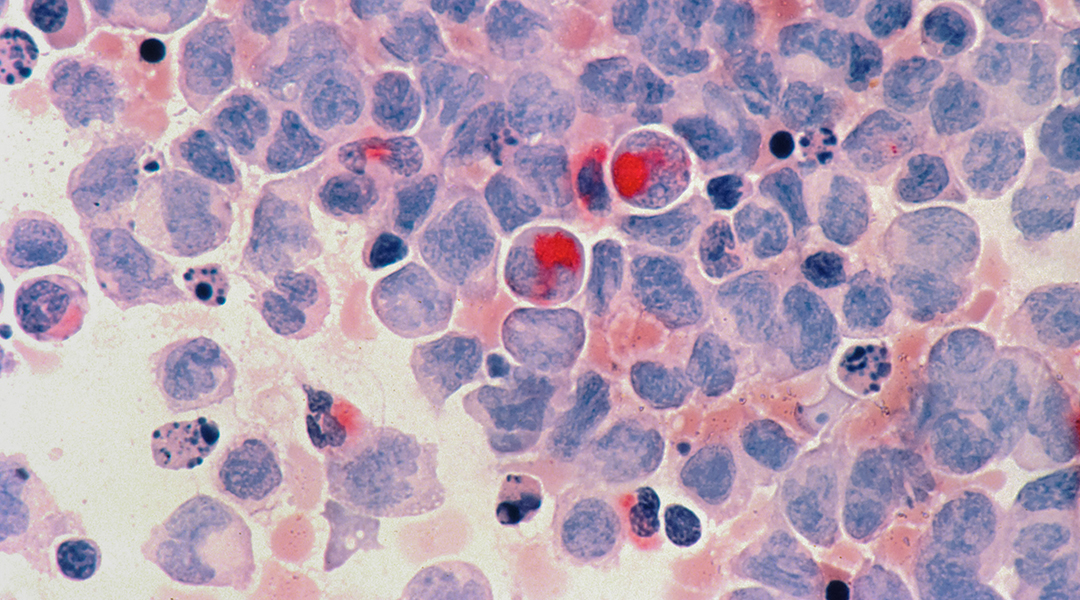
Tin mono-sulfide nanosheets prove to be effective and sensitive soft X-ray detectors with potential to monitor biological systems in real time.

Professor Madhu Bhaskaran creates devices to assess the biometrics of the human body and helps patients feel again.
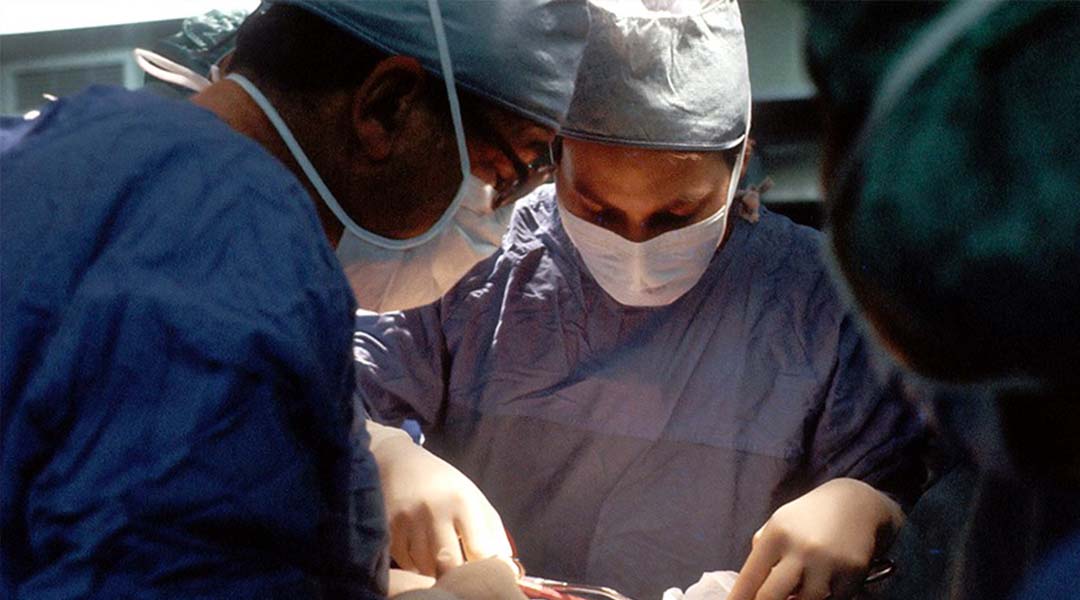
Researchers create a new biocompatible patch that could enhance the clinical treatment of tissue injury by speeding up wound healing.
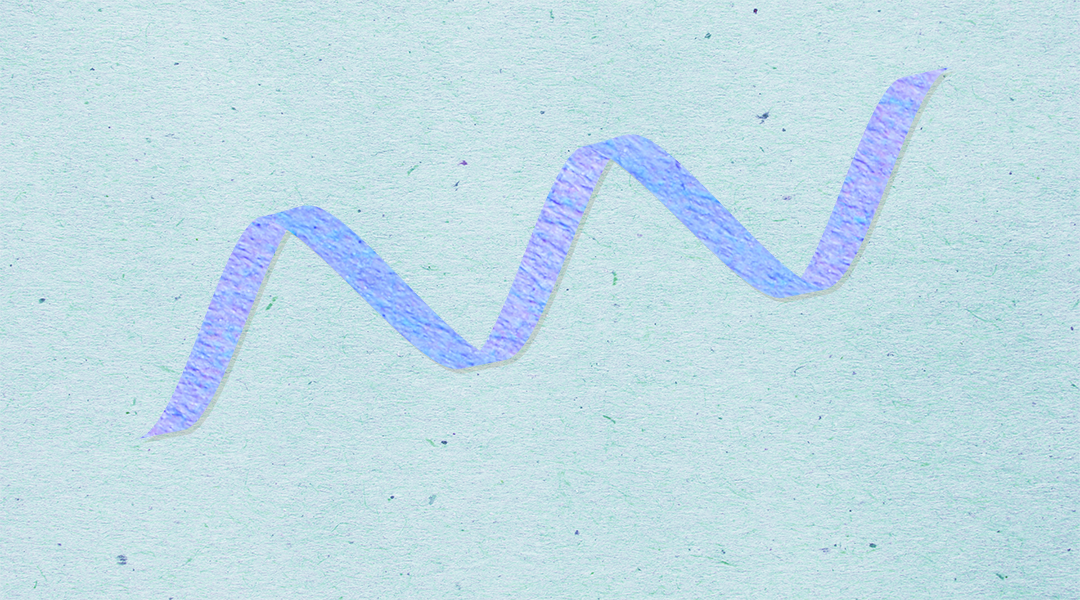
By using the advantage of hybrid nanomaterials, researchers may have unlocked a new pharmacological route for treating degenerative diseases.

The effects of some of the world’s blackest materials on our atmosphere.